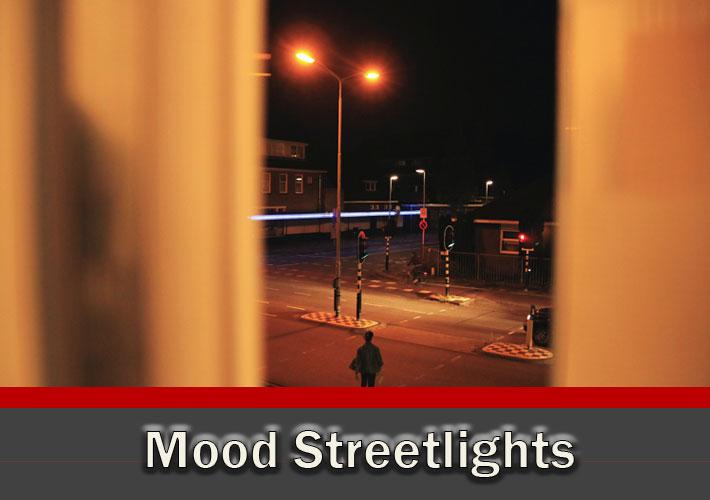Mood Streetlights: Coming to a Town Near You?
Over the years, discussions about streetlight usage have intensified, with residents from across the world bemoaning a waste of electricity through the night while streets are lit without pedestrians. However, now, simply turning streetlights off and on is only part of the plans in place and now, as well as being sensitive to when people are in the area, new streetlights in some towns will allow pedestrians to choose their own mood lighting as they make their way through the area.
Eindhoven’s Streetlight Trial
This means that, in these new areas, streetlights will not only provide light, they will provide an atmosphere; changing colour to reflect the preference of the pedestrian. The first city to trial the scheme is the Dutch city of Eindhoven who have claimed that they’re in the process of creating a city that is ‘sustainable and fun’.
Many believe that such a move will make people feel far more at home in towns and cities across the globe, particularly in areas where they have felt uneasy in the past. Often, many pedestrians will skirt around areas where they feel uncomfortable or vulnerable, but the aim of these new streetlights is to create a much more inclusive environment that allows the pedestrian to feel comfortable wherever they are, even if it is away from their usual route.
Of course, such lighting is expensive and, as a result, Eindhoven currently plans to create a mixture of both the traditional types of street lighting and this new, innovative lighting technique. Even these more traditional methods, however, will be computer controlled.
Control Over Individual Lights
Both of these systems will provide control over individual lights as opposed to the grid as a whole. This means that each light will be reactive to the situation that it finds itself in, ensuring that safety is maintained while waste electricity levels are lowered.
There are even plans in place to create smart streetlights that remember your walks and help you replicate them. For example, I you walk a dog and stray off the beaten track, the lights can help guide you through it safely.
A combination of wires and sensors help make such lighting possible, and experts believe that such a product would have been unimaginable only 5 years ago. Although huge savings are made on CO2 emissions and overall energy bills, the start-up cost is expensive and, as a result, it is thought that the cities using the technology will not see a return on investment for the considerable future.
Critics of the scheme argue that the lights will be impractical as streets need to remain light at night for safety reasons, regardless of whether anyone is actually passing through the area. This criticism, however, is largely unjust because the lights do not turn off completely when there’s nobody present, they merely dim to conserve energy.
A Streetlight for Every Occasion
Energy conservation, however, is not the only reason for the lights, and there’s a feature installed in them whereby they can change colour to reflect a mood or a situation. For example, if there’s an impending storm or a flood in an area then the lights can flash red in order to warn residents. Likewise, if there’s a business such as a restaurant in the area, the lights can change colour to reflect the restaurant’s ambience.
Other concepts such as highway illumination projects and pedestrian crossing illumination projects also seem to be in the pipeline. Over the course of the past 5-10 years, the technology has advanced rapidly; the test over the coming decade appears to be incorporating these new technologies into everyday life.

